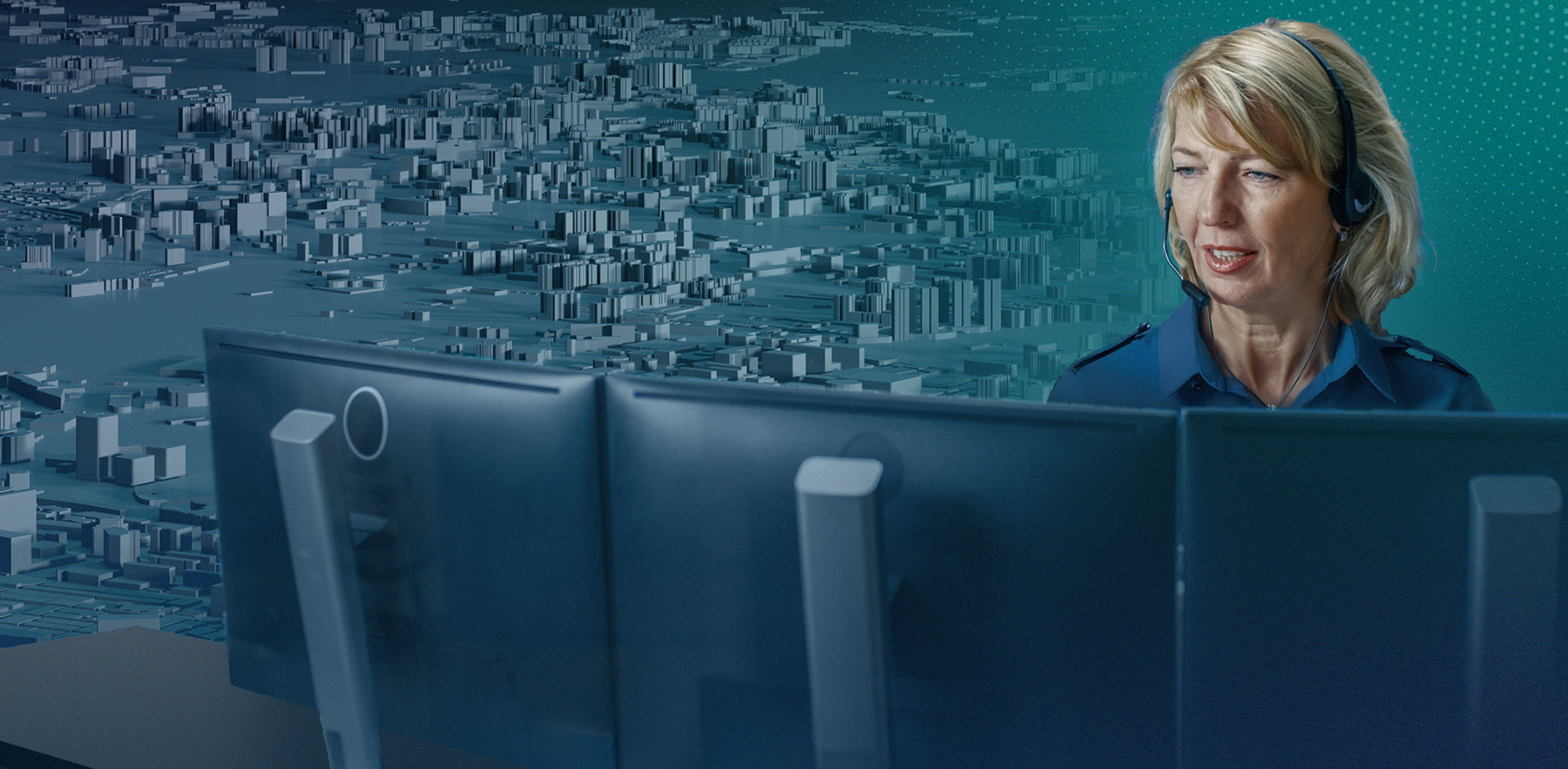1 min read
Caring About People - Intrado's CAP Program
Since 1988, Intrado has been committed to supporting its employees through life's toughest moments. At the heart of this commitment is the CAP Program - Caring About People, a registered 501(c)(3) nonprofit that serves as an employee crisis fund....
Read More







.png)

